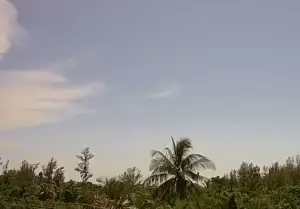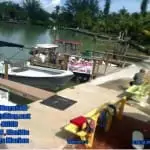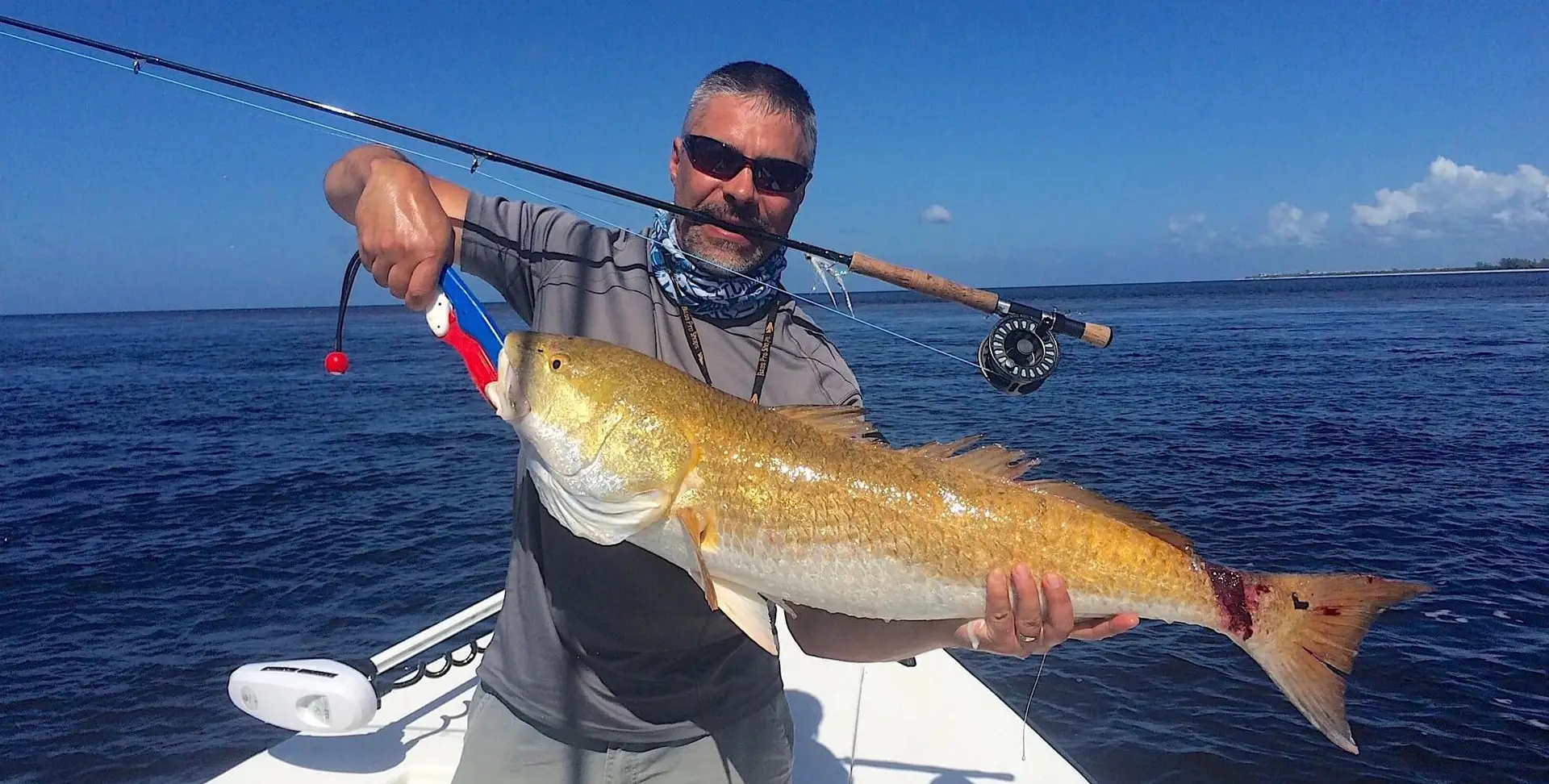
![Fly Fishing, Redfish, Sanibel Fishing & Captiva Fishing, Sanibel Island, Sunday, November 19, 2017, [File Photo - Wednesday, October 11, 2017].](https://captivafishing.net/wp-content/uploads/2017/10/Redfish-Fly-Fishing-2-10-11-17-copy-e1507808849379.webp)
Sanibel Fishing & Captiva Fishing, November 19, 2017: Redfish.
 Captiva Fishing Report, Sunday, November 19: Redfish, Oyster Bars, Catch & Release; Red Tide Report (Caloosahatchee freshwater runoff, but no red tide); and more fishing reports from other areas and Captains.
Captiva Fishing Report, Sunday, November 19: Redfish, Oyster Bars, Catch & Release; Red Tide Report (Caloosahatchee freshwater runoff, but no red tide); and more fishing reports from other areas and Captains.
Sunday, November 19: Redfish, Passes & Oyster Bars. Please also visit the Sanibel, Fort Myers, Florida Fishing Report and Cuban Fishing sites. Better water moving north of Sanibel up through Captiva & North Captiva.
Please click calendar at the upper right or call 239-472-8658 to book a Sanibel & Captiva Islands, Boca Grande or Fort Myers fishing guide trip or shelling charter.
![Redfish, Sanibel Fishing & Captiva Fishing, Sanibel Island, Sunday, November 19, 2017, [File Photo - Friday, October 20, 2017].](https://captivafishing.net/wp-content/uploads/2017/10/Redfish-2-10-12-17-e1508581278746.webp)
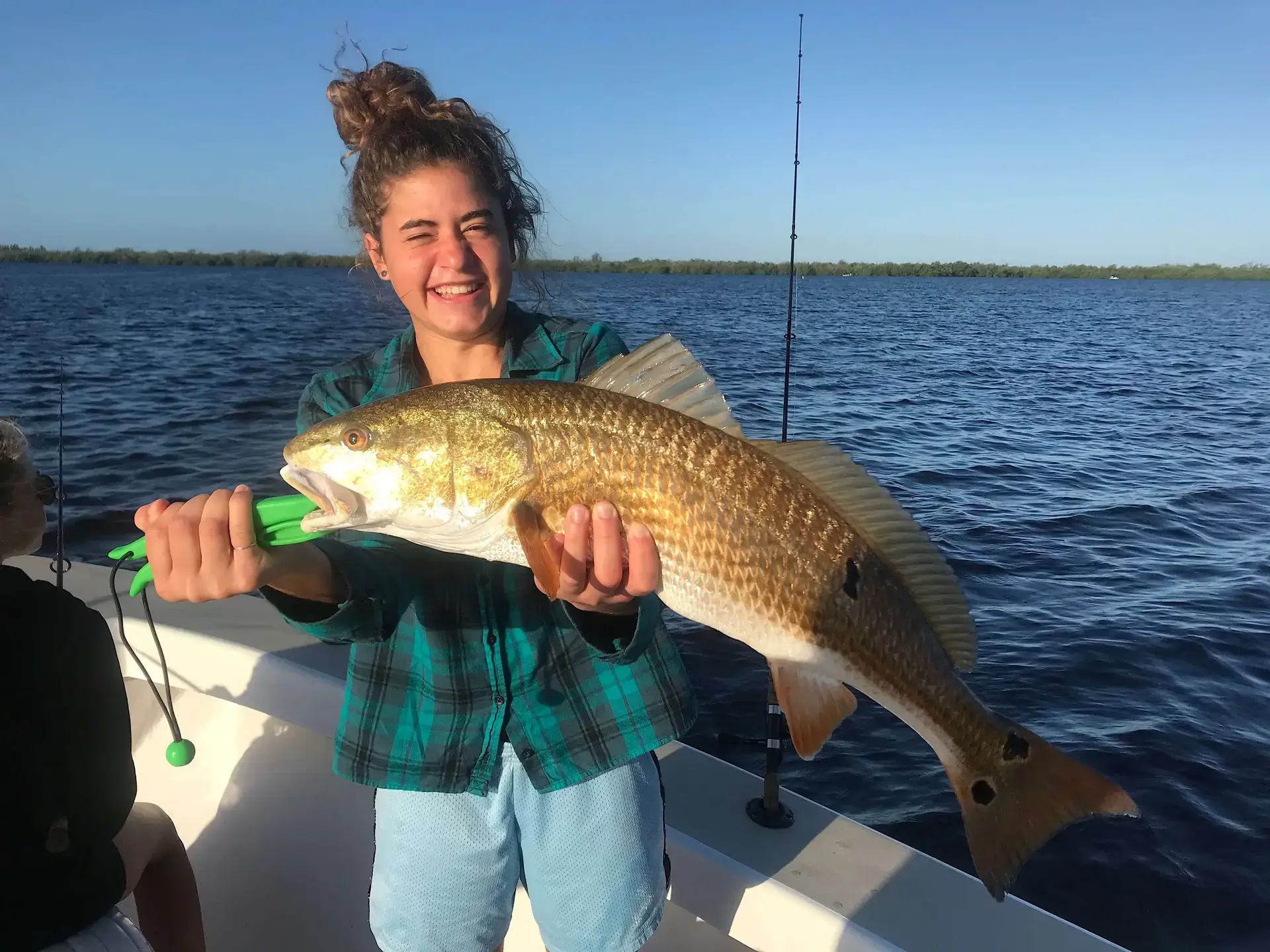
Red drum are a dark red color on the back, which fades into white on the belly. The red drum has a characteristic eyespot near the tail and is somewhat streamlined. Three-year-old red drum typically weigh 6-8 lb. The largest red drum on record weighed just over 94 lb and was caught in 1984 on Hatteras Island. Red drum and black drum both make a croaking or drumming sound when distressed.
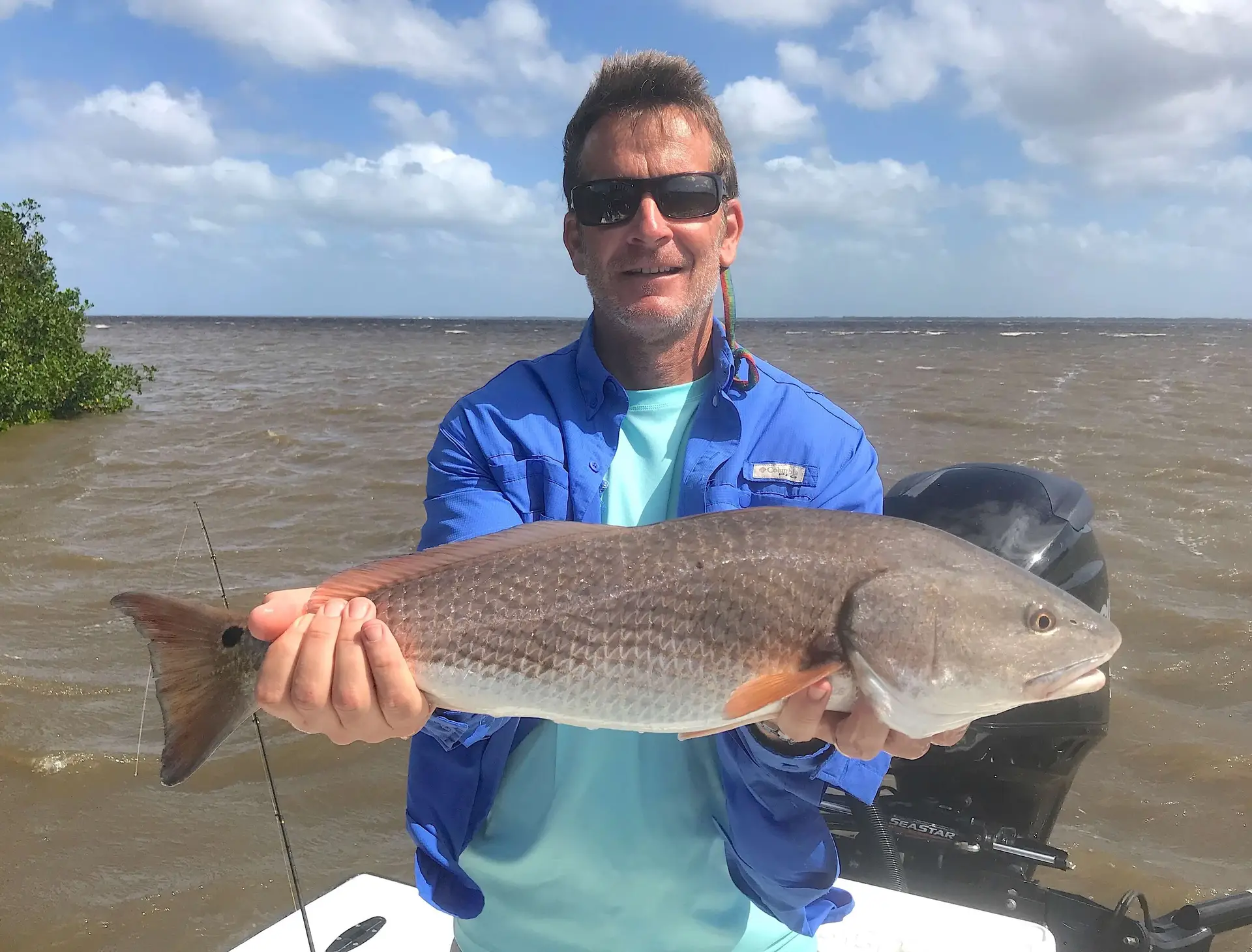
The most distinguishing mark on the red drum is one large black spot on the upper part of the tail base. Having multiple spots is not uncommon for this fish, but having no spots is extremely rare. As the fish with multiple spots grow older, they seem to lose their excess spots. Scientists believe that the black spot near their tail helps fool predators into attacking the red drum’s tail instead of its head, allowing the red drum to escape.[3]

The red drum uses its senses of sight and touch, and its downturned mouth, to locate forage on the bottom through vacuuming or biting. On the top and middle of the water column, it uses changes in the light that might look like food. In the summer and fall, adult red drum feed on crabs, shrimp, and mullet; in the spring and winter, adults primarily feed on menhaden, mullet, pinfish, sea robin, lizardfish, spot, Atlantic croaker, and mud minnows.
![Redfish, Sanibel Fishing & Captiva Fishing, Sanibel Island, Wednesday, September 27, 2017. [File Photo: Tuesday, July 11, 2017].](https://captivafishing.net/wp-content/uploads/2017/07/18341798_927438024065983_3981522206878329905_n.webp)
![Joey Burnsed, Big Redfish, Big Smile, Sanibel Fishing & Captiva Fishing, Sanibel Island, Sunday, October 22, 2017, [File Photo: October 2012 ?].](https://captivafishing.net/wp-content/uploads/2017/04/Big-Redfish-3-10-141-e1493416252237.webp)
We’re located at Castaways Marina, Santiva, Sanibel Island, just before the Blind Pass bridge to Captiva Island.

After a fierce storm, Turner Beach, the beach adjoining the Pass, is frequently covered with a bounty of shells from Olives to Fighting Whelks to the more common Conchs. The fishing is also renowned with sharks in the summer, tailing redfish on the bayside flats and snook under and off the Blind Pass bridge. Because Turner Beach faces Westward, the sunsets are spectacular and a popular viewing point for residents and visitors alike.
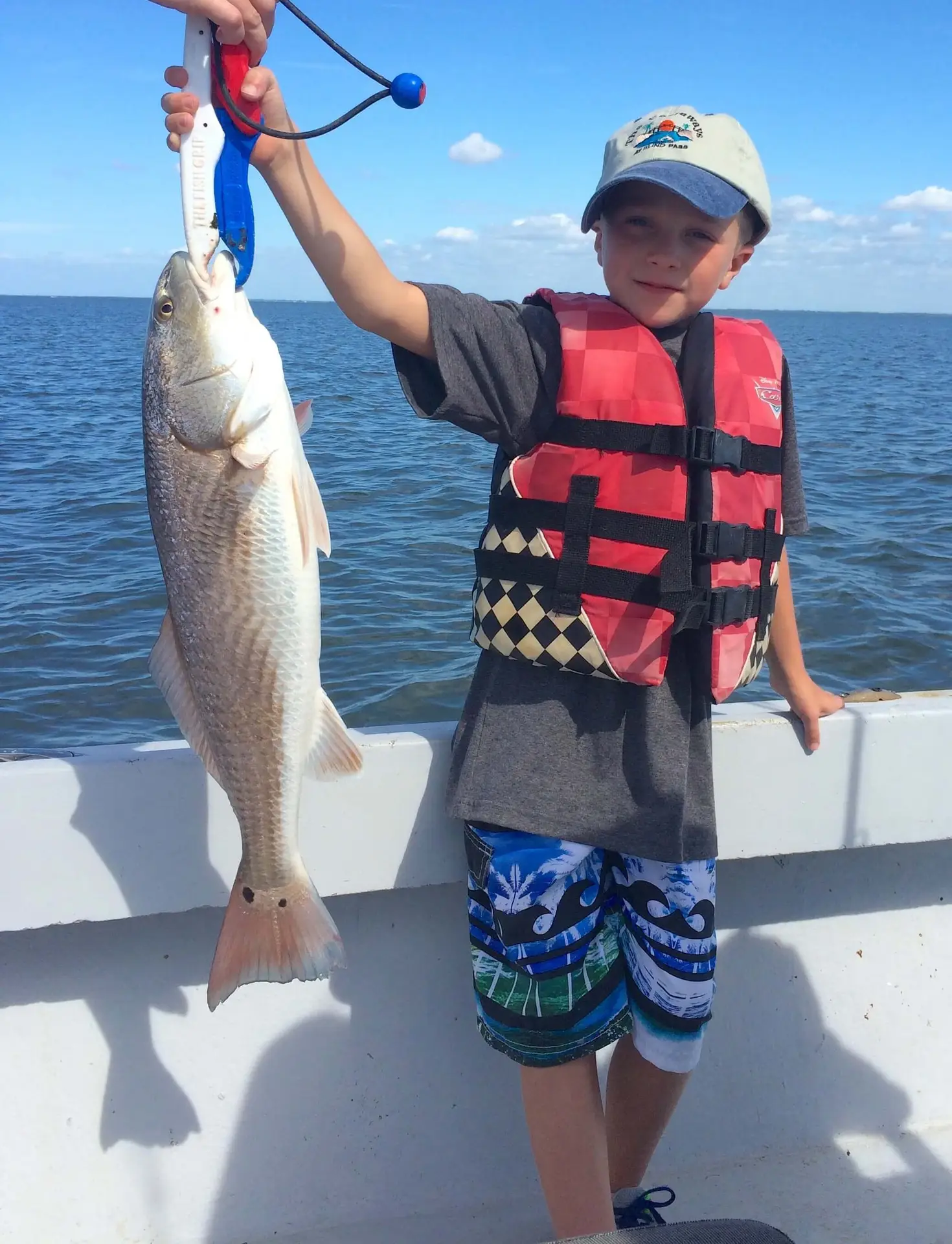
And you can like us on Facebook.
Fair winds and following seas,
Captain Joey Burnsed ~ please click calendar at the upper right or call 239-472-8658 to book a Sanibel & Captiva Islands, Boca Grande or Fort Myers fishing guide trip or shelling charter.




